Description
 Understanding Pipeline Pigging Pigs
Understanding Pipeline Pigging Pigs
A Pipeline Pigging Pig, which stands for “pipeline intervention gadget,” is a tool used to clean or check pipes at all steps in the process of transmitting oil and gas. The moniker “pig” is believed to have originated from the “squealing” noise that early pig models (crafted from straw and wire or leather) made while traveling through pipelines.
Pigging in Oil and Gas Pipelines
The practice of pigging in the oil and gas industry is a vital aspect of flow assurance. Pipeline pigs are leveraged to purge, clean, and inspect pipelines, ensuring their smooth operation. Only experienced professionals should perform pigging due to the potential risks involved.
Introduction of Pipeline Pigging Pig
EMT is a leading designer and manufacturer of a wide range of pipeline pigging pigs, each specifically designed for particular applications. Their product catalog is extensive and includes pigs for various purposes such as liquid displacement, cleaning, batching, gauging, and even specialty pigs for unique, challenging tasks.
The selection of pipeline pigs offered by EMT is not only diverse in their application but also in their construction. They are available in diameters up to 60 inches, accommodating a broad spectrum of pipeline sizes. Furthermore, the level of aggressiveness of the pigs can be chosen based on the task at hand, ranging from firm urethane pigs to those equipped with steel wire brushes for heavy-duty cleaning.
One of the core strengths of EMT is the customization and configuration options it offers. They understand that every pipeline is unique and therefore requires a tailored solution. EMT takes into account factors such as the pipeline’s diameter, the type of substance being transported, the internal conditions of the pipeline, and specific customer requirements. By doing so, they ensure that every pig they manufacture is precisely suited to the task it is intended for.
This commitment to customization extends not only to the physical characteristics of the pigs but also to their functionality. Whether it’s a pig for basic cleaning, advanced inspection, or complex multi-function tasks, EMT has the capability to design and manufacture a pig that fits the bill. Their flexibility and adaptability ensure that even the most complex pipeline conditions can be effectively managed.
Pigging Methods and Choosing Pig Methods
(1) Wax Removal in Crude Oil Pipelines Using Pipeline Pigging
Crude oil pipelines transporting waxy oil frequently encounter wax buildup along the pipeline walls. When the wax layer reaches a significant thickness, it becomes necessary to initiate a pipeline pigging process to clean the pipeline. This practice not only diminishes operational costs but also boosts the pipeline’s capacity. To execute this operation, it’s important to select suitable soft pigs and mechanical pigs fitted with pig trackers.
The pipeline pigging process commences by launching a soft pig to evaluate the pipeline’s internal state. Once the pipeline’s integrity is verified, mechanical pigs, a type of pipeline pig, are introduced for the cleaning operation. These mechanical pigs efficiently address impurities and debris in the pipeline, leveraging their steel brushes to eradicate wax deposits and corrosion from the pipeline walls.
(2) Pigging Methods for Natural Gas Pipelines Using Traditional Pigs
Natural gas pipelines often transport gases like carbon dioxide and hydrogen sulfide. These gases can form hydrates in the presence of water, resulting in pipeline and equipment blockages and safety risks. Therefore, these pipelines necessitate pigging using traditional pigs, such as leather bowl pigs, before starting operations. These pigs are particularly effective for pipelines transporting moist gases, as their primary function is to remove water from the pipeline. For this task, a straight-plate pig known for its superior sealing performance is frequently chosen. If the pipeline originates from a basement or gas field containing light hydrocarbon condensates, straight plate pigs can be directly used for removal.
(3) Pigging of Natural Gas Pipelines Transporting Mixed Oil and Water Using Specific Pipeline Pigs
For natural gas pipelines that have been operational for a long duration and transport two-phase flow, problems such as liquid accumulation and internal wall corrosion can arise. These liquids usually accumulate at the pipeline’s lowest points, leading to an increased pressure drop and a reduced flow area.
Several factors can influence the effectiveness of a two-phase flow pipeline’s pigging process: the permissible flow rate and pressure drop of the gas-liquid mixture, the gas-liquid ratio, the pipeline’s longitudinal section shape, the amount of liquid accumulated, and the size of the plug-trapping instrument. In offshore pipeline systems, the bottom of the riser and the height of the liquid plug trapping instrument also play a role. General-purpose pigging balls and pigs are typically used for these pipelines. However, pipeline pigs with a bypass can also be employed for the pigging process.
Best Practices for Safe and Efficient Pigging of Long-Distance Natural Gas Pipelines
(1) Proper Planning for Pigging Operations: Ensuring Safety in Long-Distance Natural Gas Pipeline Pigging
The pigging of long-distance natural gas pipelines carries inherent risks. Improper handling may lead to a pipeline pig getting stuck, necessitating a pipeline cut to retrieve the pig and potentially causing gas leaks. Therefore, lessons from previous pigging operations emphasize careful planning. The initial step in the pigging process should be launching a straight-plate pig for exploration and detection to assess the pipeline’s internal state. Subsequent pigging operations should be methodically executed, aligned with specific circumstances, and prioritized over speed.
(2) Detailed Pigging Standards: Key to Safe and Efficient Pipeline Pigging
The intricacy and potential risks involved in pigging long-distance natural gas pipelines call for meticulous planning and precise pigging standards. Workers should first assemble all relevant pipeline drawings and data to comprehend the pipeline’s specific parameters and real-world conditions. Based on this, a comprehensive and logical pigging plan should be devised, detailing step-by-step operating procedures.
Initial inspections of the gas pipelines can be conducted using foam pigs. If the pipeline is in good condition with minimal damage, a butterfly-shaped leather cup pig can be utilized for further treatment. For instance, if the debris on the pipe wall is less than 20 kg, an aluminum plate of suitable diameter can be employed. If the pipeline is free of major damages or severe bends, straight plate pigs can be used for bi-directional transmission. It’s critical to stick to the established standard procedures during the pipeline pigging process and avoid rushing the task.
(3) Efficient Pigging of Long-Distance Natural Gas Pipelines: Role of Preparation and Management
For effective supervision and management, pigging operators must be adequately prepared before starting the pigging operation. Prior to pigging, all components, such as the intake and exhaust valves, should be rigorously maintained and inspected. In addition, pigging technology drills should be reinforced to prevent sparks caused by collisions or friction during use.
Certain steps demand careful attention. For instance, when the pigging ball is collected into the cylinder, it should be replaced with nitrogen to reduce its pressure difference. A balance valve should be installed at the reducing joint of the ball cylinder. During a slow boost, the inlet and outlet valves of the ball cylinder should be sequentially opened, followed by closing its balance valve. This ensures that the service operation is carried out safely and effectively.
Conclusion
Pipeline Pigging Pigs, designed and manufactured by companies like EMT, are essential tools used in the oil and gas industry for cleaning, inspecting, and maintaining pipelines. Available in a variety of sizes and levels of aggressiveness, these pigs can be tailored to specific pipeline conditions and customer requirements. They are used for various purposes, including liquid displacement, cleaning, batching, gauging, and more. The type of pig used depends on the nature of the substance being transported and the pipeline’s internal conditions. For example, soft pigs and mechanical pigs are often used for wax removal in crude oil pipelines, traditional pigs for natural gas pipelines, and general-purpose pigs or those with a bypass for pipelines transporting a two-phase flow. Using the appropriate pigging pig and following detailed pigging standards and procedures ensures the safety, efficiency, and effectiveness of pipeline operations.


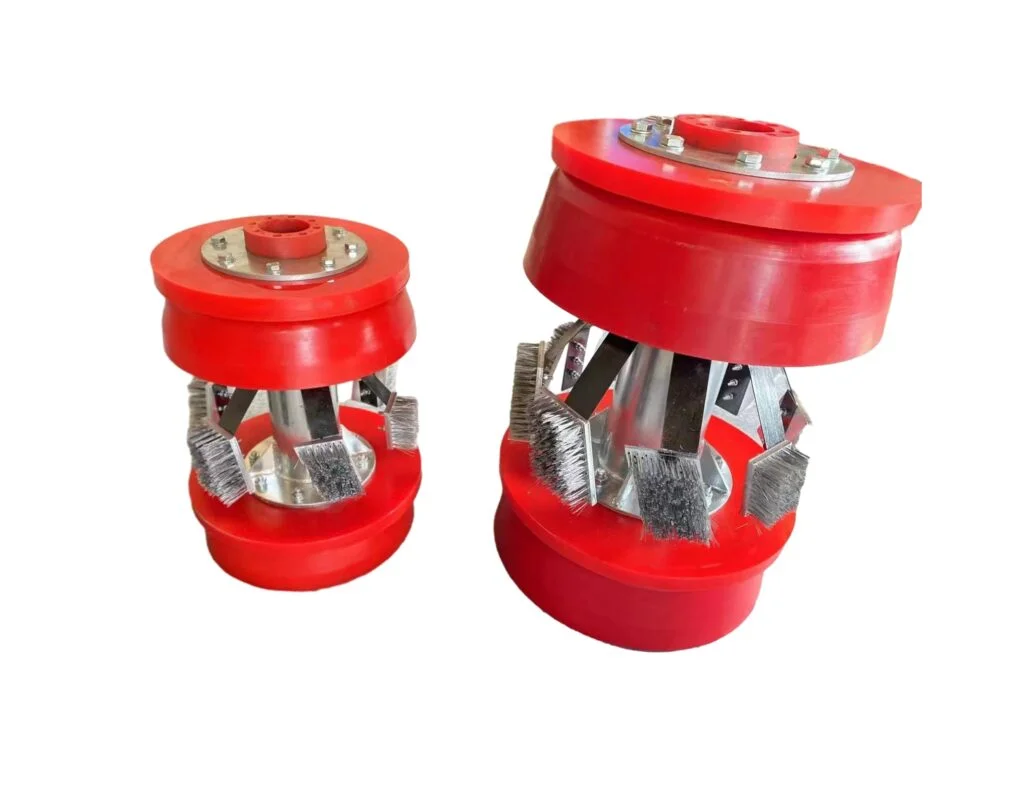 Understanding Pipeline Pigging Pigs
Understanding Pipeline Pigging Pigs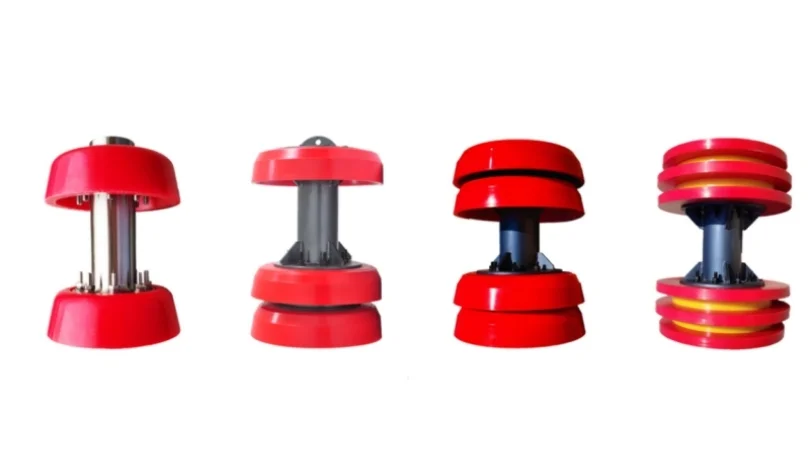
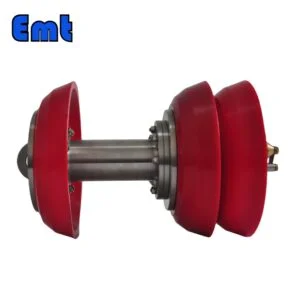
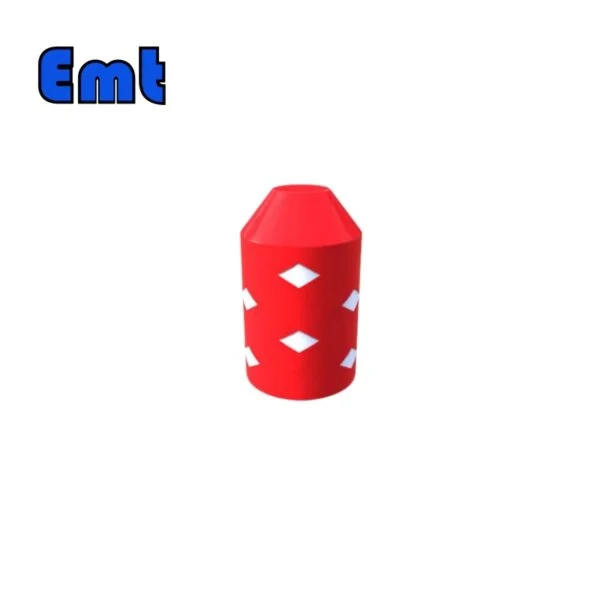
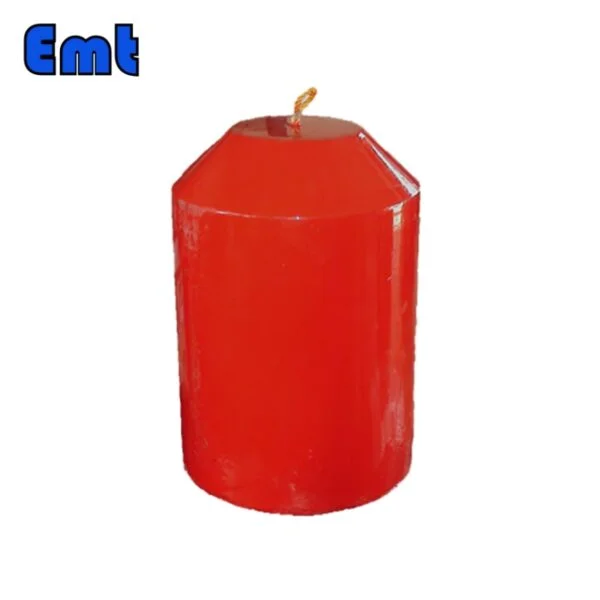
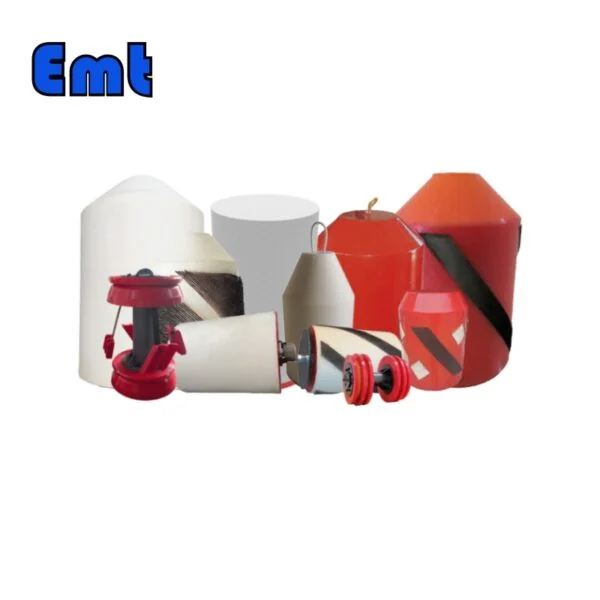
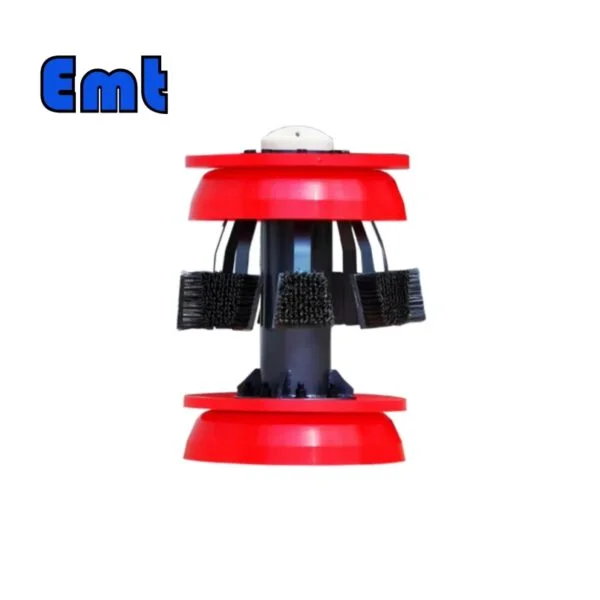
Reviews
There are no reviews yet.